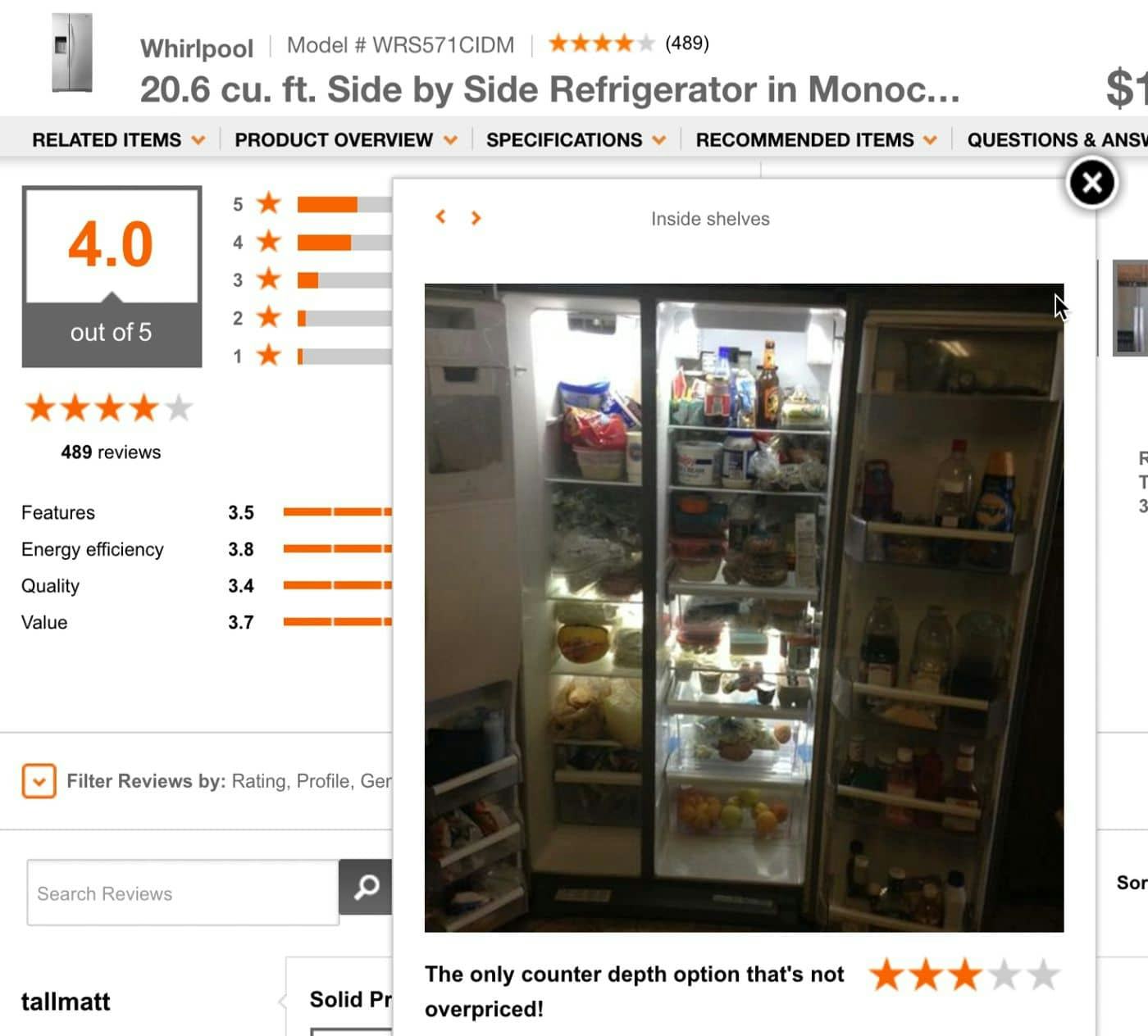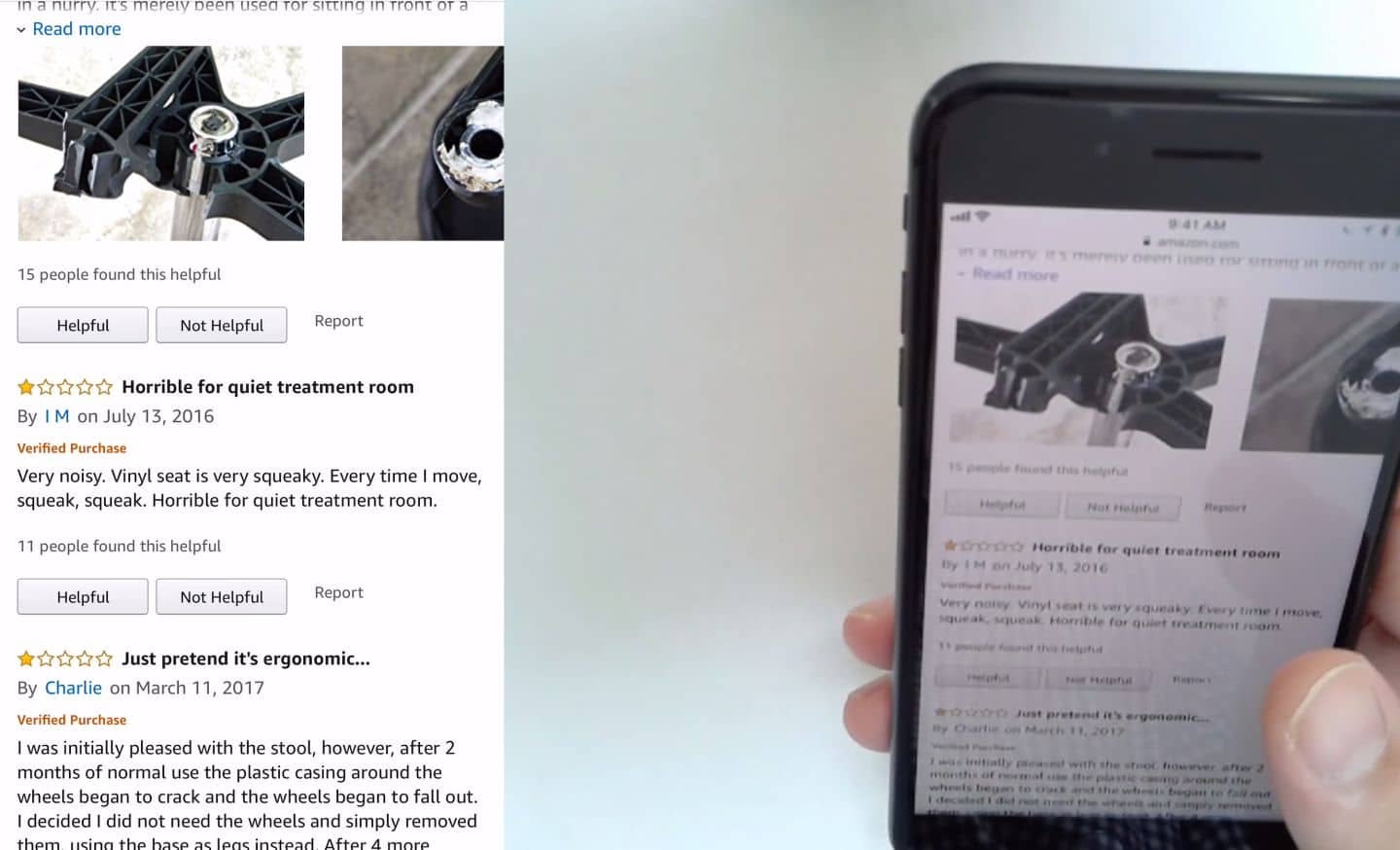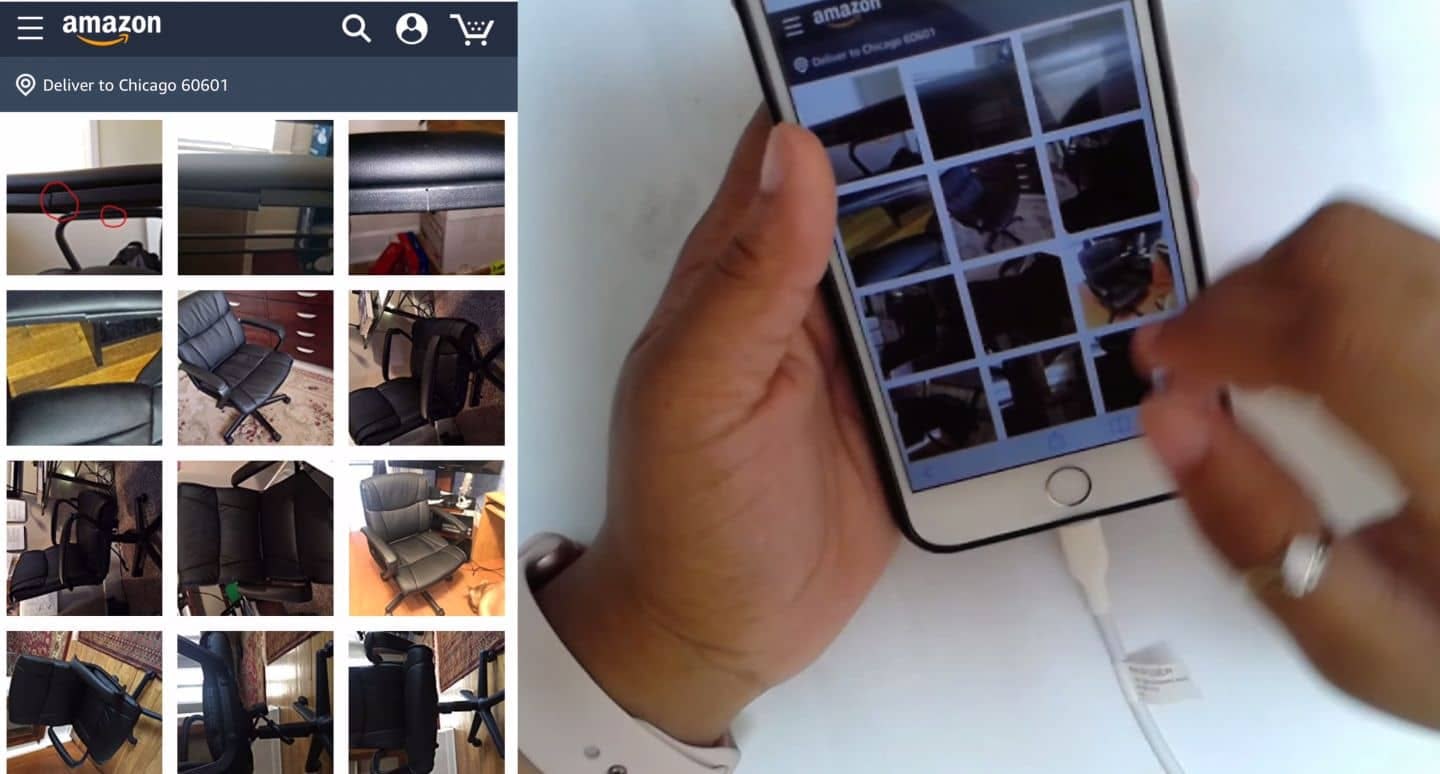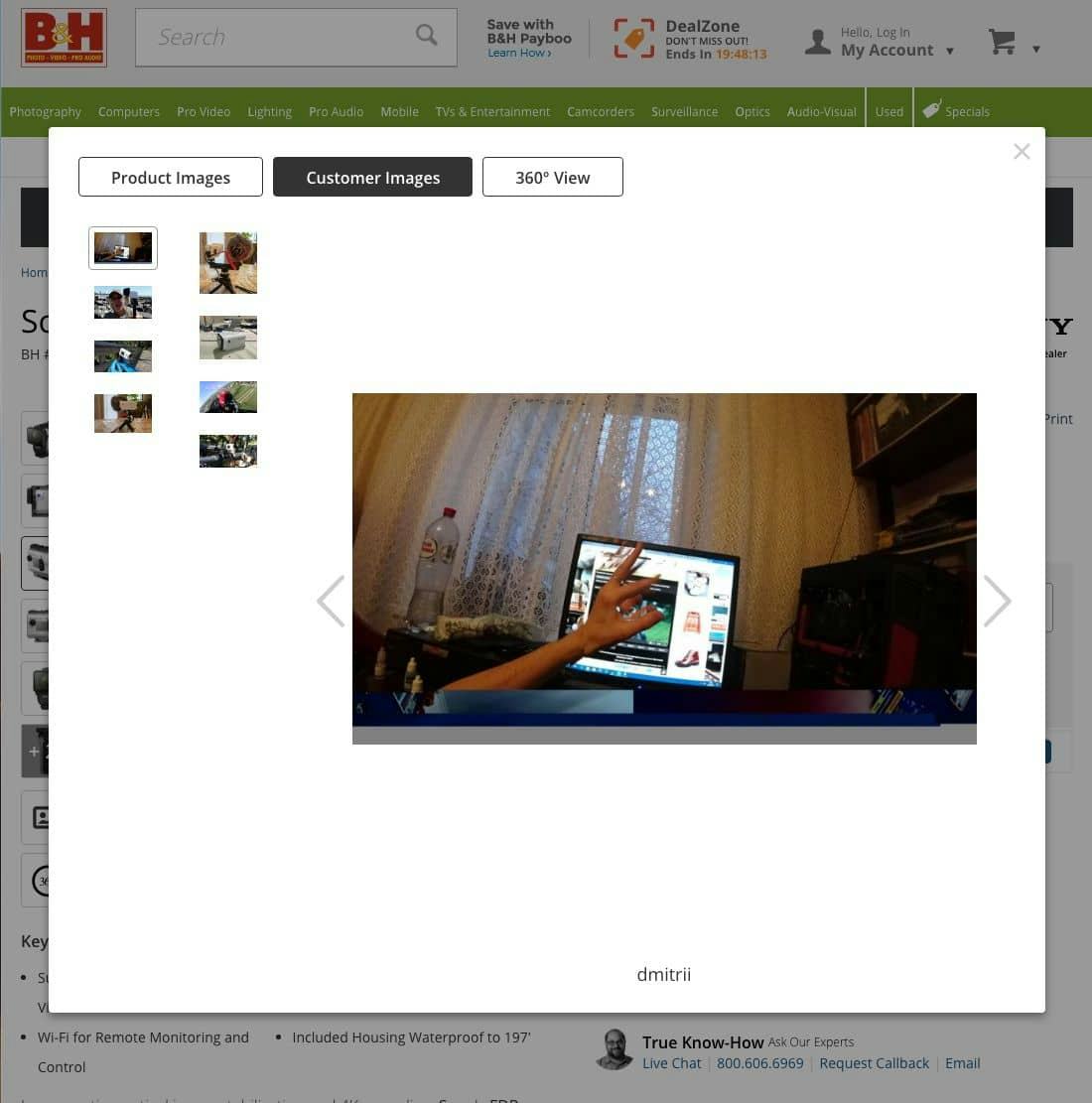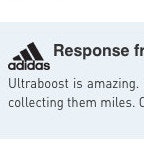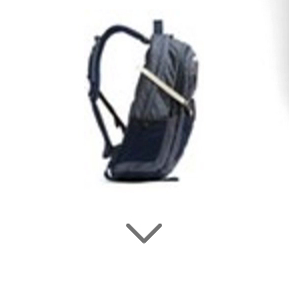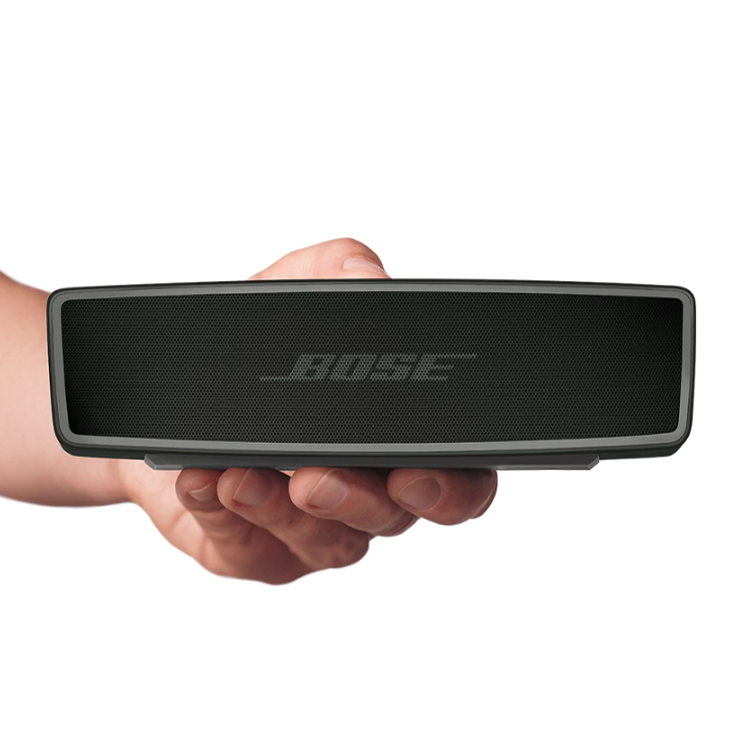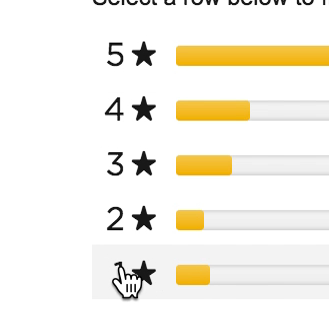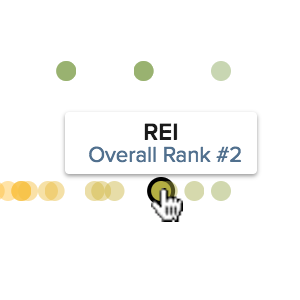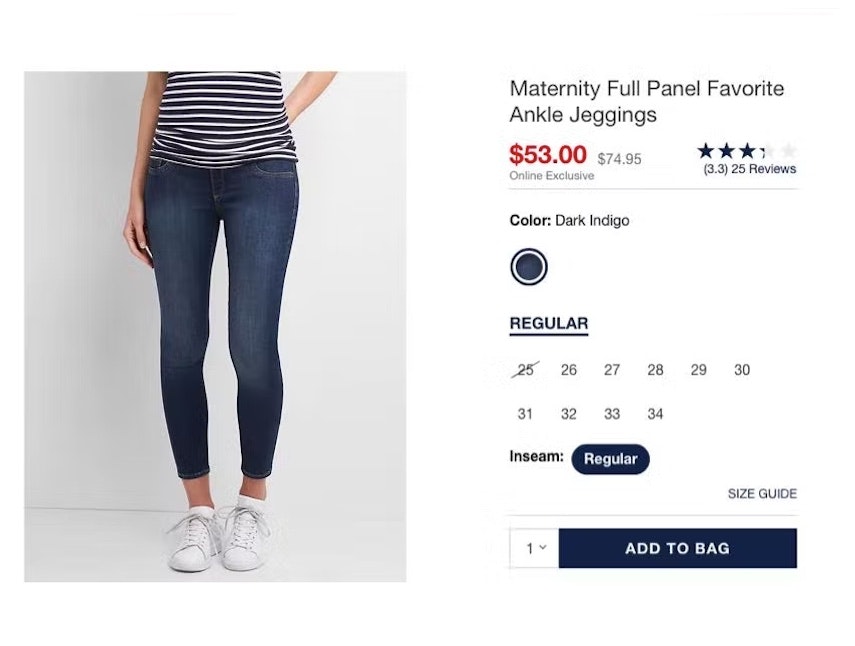User reviews are crucial to users’ ability to make a purchase decision about a particular product.
During Baymard’s large-scale usability testing, users almost universally sought user reviews when considering a product — up to 95% of users across desktop and mobile tests.
Yet just having reviews isn’t enough. Users during testing benefited most when reviews had rich content that offered specific insights into the product — and reviews with user-uploaded images were especially well received.
However, despite the importance of user-generated images in reviews, our e-commerce UX benchmark reveals that 34% of e-commerce sites don’t allow users to upload an image along with their review — leading to less-interesting and less-engaging reviews overall.
In this article we’ll discuss the test findings from our large-scale UX research related to user-generated images in reviews. In particular, we’ll discuss:
- Why images are so important to users reading product reviews
- How user-generated images in reviews supplement site-provided images
- Implementation considerations for user-submitted review images
Why User-Generated Images Are So Important When Reading Product Reviews
“On Amazon what I like is if there is a picture…it shows up right at the beginning”. This user during testing wanted to see user-submitted photos of this lipstick being worn on different people, but Walgreens didn’t allow reviewers to upload their own photos. Users often need to see images of products “in real life” (i.e., submitted by users as part of a review) to feel confident purchasing a product.
While site-provided product images provide critical product information, without which the majority of users will not feel comfortable purchasing, there can remain an element of distrust toward them.
Users are naturally aware that sites seek to present products in the best possible light, making them look as attractive and enticing as possible. However, many are likewise aware that this “enhancement” can sometimes be misleading, making the products appear better or different than they are in reality.
“See, in the real world, this holds a lot, like what normal people hold in their fridge.” This user on Home Depot used a user-generated product image in the reviews section (first image) to get a better idea of how much the fridge held. Note that an image of the fridge full of food was also available in a site-provided marketing image (second image), but the fridge in a real use context held additional meaning by giving users an idea of what “normal people” had in the fridge (finding the site-provided image somewhat artificial).
Users during testing were sometimes skeptical of site-provided images reflecting the “real” product, wanting to see products “in real life” to verify qualities surfaced by the site-provided images. Without a way to see more “trustworthy”, unfiltered images, some users’ skepticism may overwhelm their curiosity about the product and sway them from pursuing it further.
As with user reviews, users often look to user-submitted photos to provide the “dirt” on a product, giving a more realistic depiction of products than may be available through the site-provided images.
Rather than the site’s typical studio-shot images, user-submitted images depict the product in real-world context and can provide unique insight into the product’s attributes, quality, and longevity. Allowing product images from reviewers gives many users a sense that they are getting more objective, reliable, and trustworthy images of products than those provided by the site, which may be perceived as too “perfect” or overly enhanced.
While user-generated product images can often seem less attractive from a strictly aesthetic standpoint, they can be more valuable to users because they show products in real use conditions that may be perceived as more realistic to the user’s own life.
Thus, user-generated product images can enrich and complement existing images by making products — and the sites that sell them — seem more trustworthy.
Many users trust images provided alongside reviews, seen here at Amazon, to give them honest information about products’ durability and reliability. Here, a negative review that includes photos may help a user considering this chair on Amazon find a more suitable product.
Additionally, images are helpful even with negative reviews, as a user who decides the product isn’t a good match for them, based on the content of a negative review, can move on to a more suitable product on the site. Or, alternatively, a user might decide that what they see in the user-uploaded photo doesn’t match what they read in the review, and thus discount the review. In either case, a photo included along with the negative review provides a more comprehensive insight into what went wrong for the reviewer (as opposed to, say, a text-only review that simply read “this product sucks”).
How User-Generated Images in Reviews Supplement Site-Provided Images
User-generated product images can also support site-provided product images by offering further examples of product features.
Many users trust images provided alongside reviews, seen here at Amazon, to give them honest information about products’ durability and reliability. Here, a negative review that includes photos may help a user considering this chair on Amazon find a more suitable product.
Even if images that highlight product features are provided by the site, including user-generated product images will allow those users who are looking for more visual information to see products being used by their owners, and user-generated images can provide additional “verification” of product features or details highlighted by these site-provided images.
Moreover, user-generated product images can help fill gaps where the site-provided product images are missing helpful information or context on a product.
This can be especially true for expensive items, where users will want to get as much information about the product as they can before deciding whether or not to purchase it. As one user during testing said, frustrated by the lack of user-generated product images in the reviews section of a fridge, “It’s a $1,300 purchase, if I haven’t touched and felt it in real life, I don’t know what other information is more important,” implying that, without being able to actually see the product in a physical store she would at least like more photos showing the fridge in use.
“I always look at customer images”, noted this user looking for office chairs on Amazon. Here, the user-provided image showing the chair within a room helped provide a better sense of its overall scale.
Many users trust images provided alongside reviews, seen here at Amazon, to give them honest information about products’ durability and reliability. Here, a negative review that includes photos may help a user considering this chair on Amazon find a more suitable product.
User-generated product images can also offer additional information on a product’s scale by showing the product next to other items (provided by users) of a known approximate size. The user-provided items may be more useful than the site-provided items intended to illustrate scale — for example, including a tube of hand cream next to other beauty products (e.g., makeup, soap, etc.).
User-generated images pulled from social media can serve as inspirational “Lifestyle” images, such as a styled room at West Elm (first image) and outfit ideas at Target (second image), though they shouldn’t be used as a substitute for images submitted alongside reviews.
Images users provide alongside their reviews, seen here at REI, can serve to inspire other users, and get them excited about the prospect of purchasing the product.
Likewise, user-generated images can serve as “Lifestyle” images, showcasing how a product could fit within a user’s life, and helping inspire users by showing them in real-life context.
As these images can be among the most resource intensive to shoot, crowdsourcing user-generated images can help defray the overall expense of providing a variety of product images.
Implementation Considerations for User-Submitted Review Images
When displaying user-submitted images, the most logical location is typically alongside their accompanying review. For additional convenience, consider providing the ability to filter reviews based on photo availability so users can specifically target reviews with included images.
Best Buy displays all the user-uploaded images at the top of the reviews section, making it easy for users interested in user images to see all of them at once.
B&H Photo integrates user images alongside the site-provided images in the image gallery overlay, providing another way users can access user-uploaded images.
In addition to, or as an alternative to, this filter, displaying all user-generated images in their own gallery at the top of the reviews section also provides a convenient way to review these images; as one user from mobile testing noted, “On Amazon, what I like is if there is a picture…it shows up right at the beginning”.
Finally, when soliciting images alongside user reviews, users must be actively encouraged to provide product images in order to be sure that some users will submit them. This may even include incentivizing users to provide photos (or videos as well).
“Here’s pictures, which I love. So this is someone who’s put a picture of their child up, and I think that’s great, so I can see how the child fits in it.” User-generated product images, seen here at Patagonia, can be very effective selling tools that sites can obtain in exchange for minimal resources.
Despite the power of user-generated product images in the reviews section, 34% of sites don’t allow their users to submit their own product images along with their review.
While some sites likely fear misuse of a feature for user-uploaded product images, both automated and manual photo verification mechanisms can help prevent misconduct or misuse.
Even when costs for such systems are factored in, user-generated images still represent the cheapest source for original site-specific product photography, and thus users should be not just allowed, but even encouraged, to upload images with their review.
This article presents the research findings from just 1 of the 650+ UX guidelines in Baymard – get full access to learn how to create a “State of the Art” ecommerce user experience.



